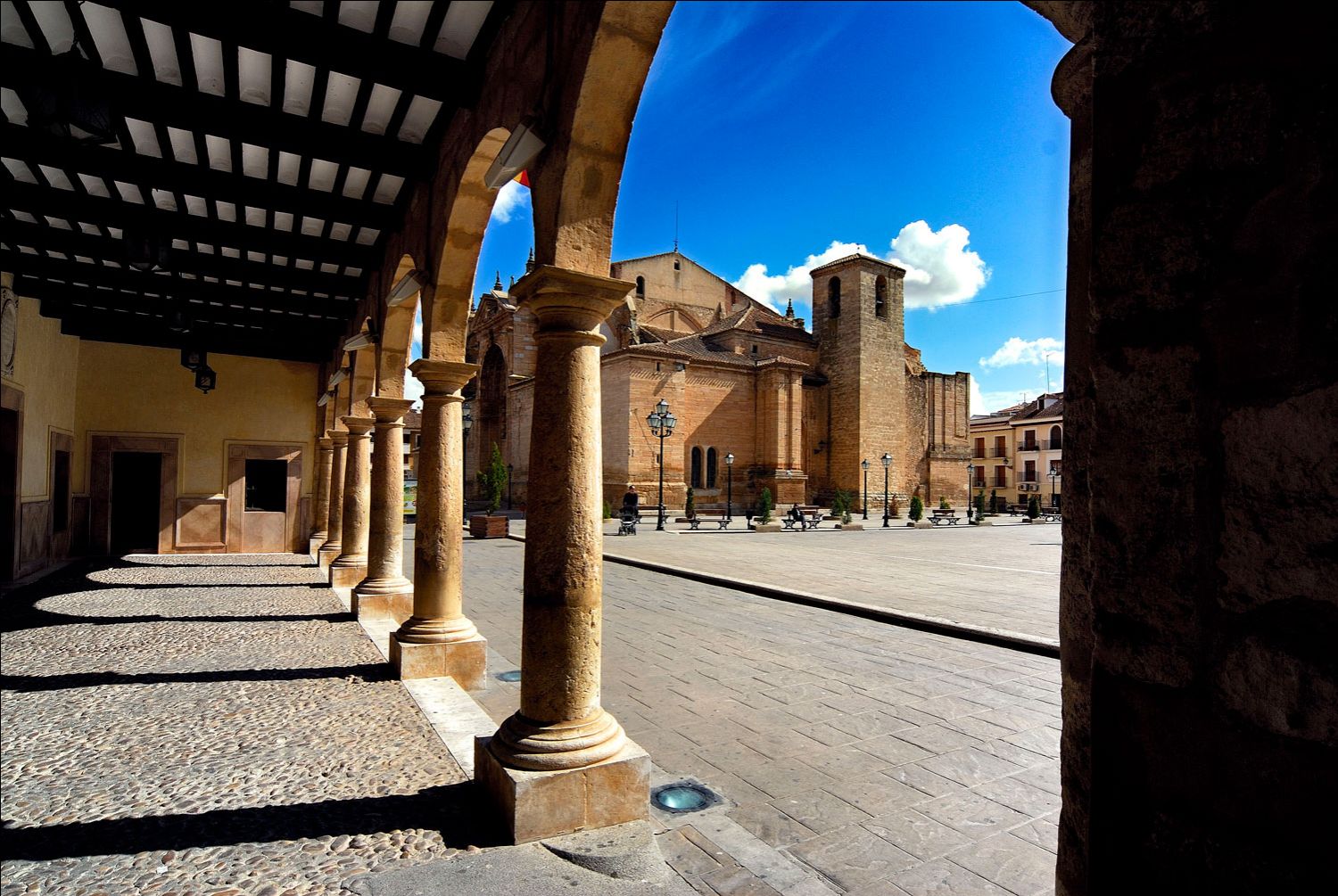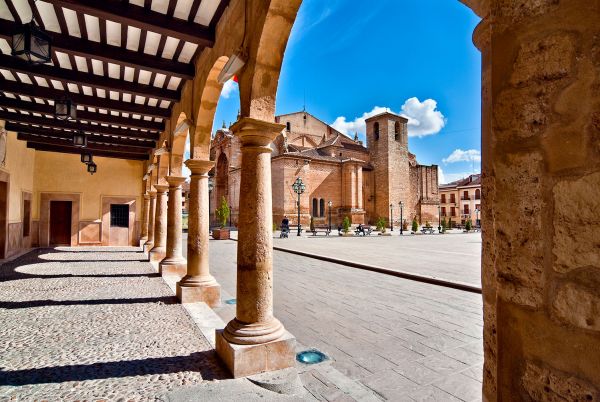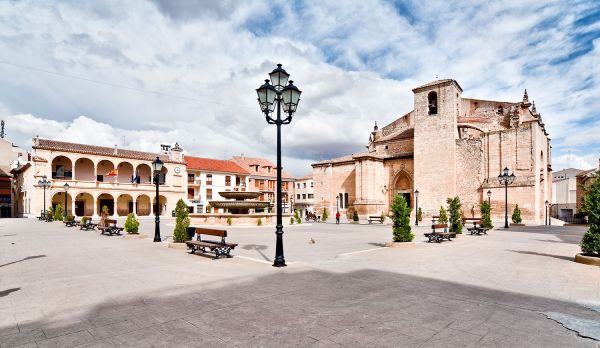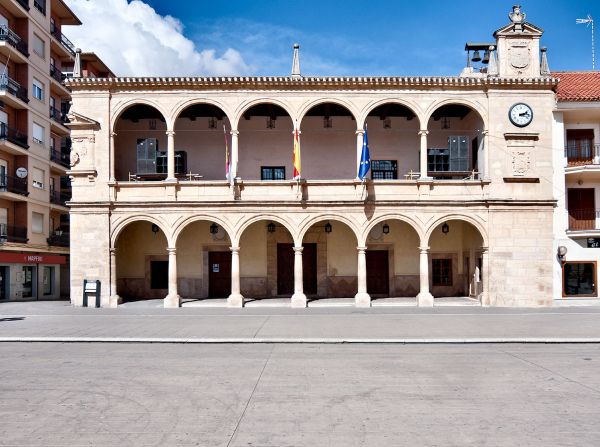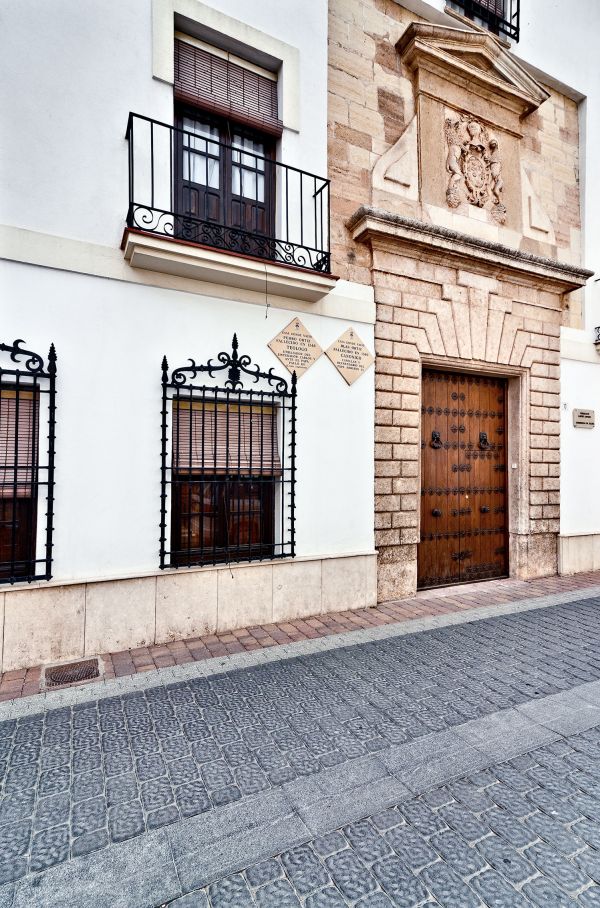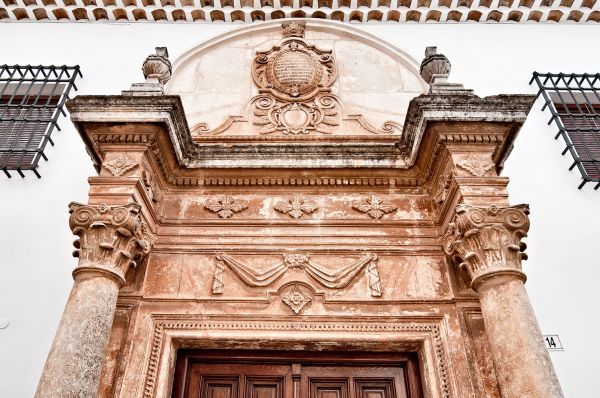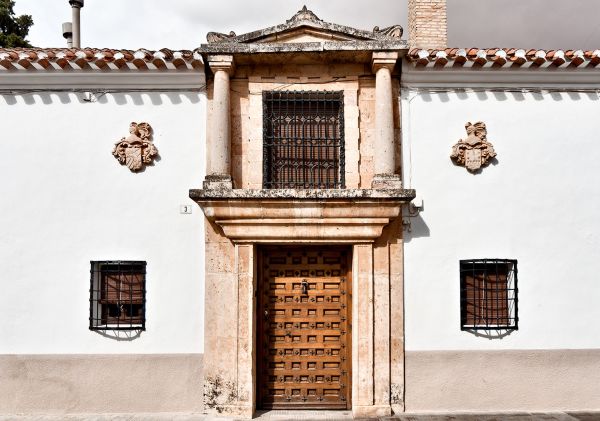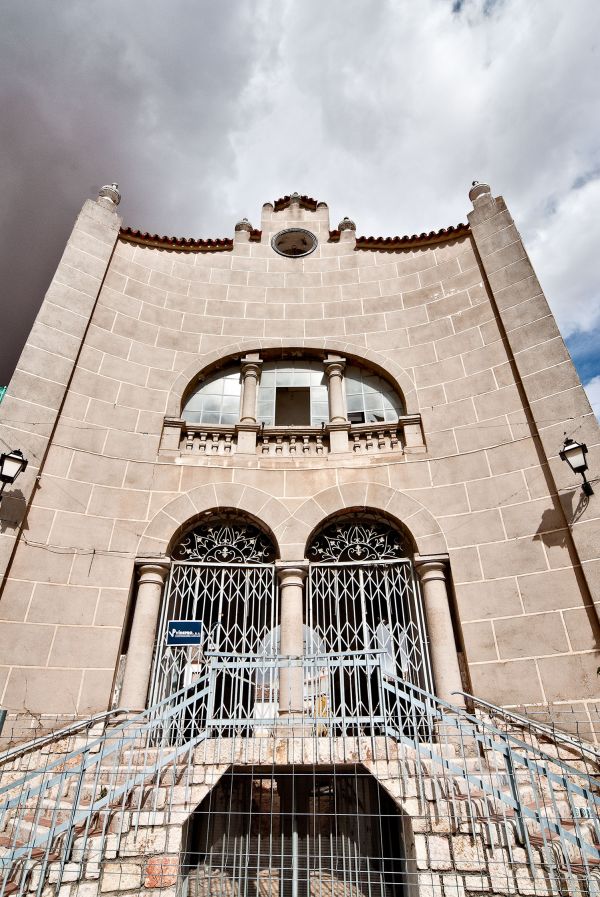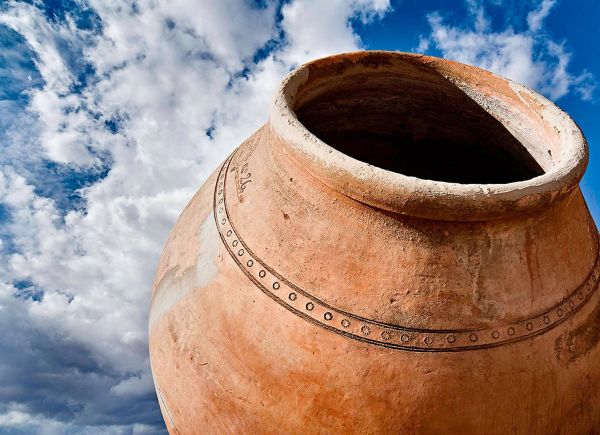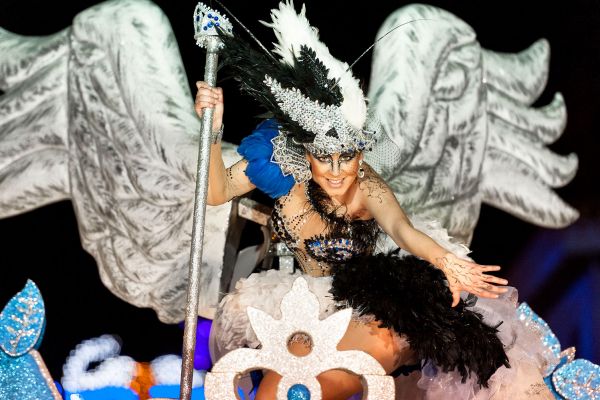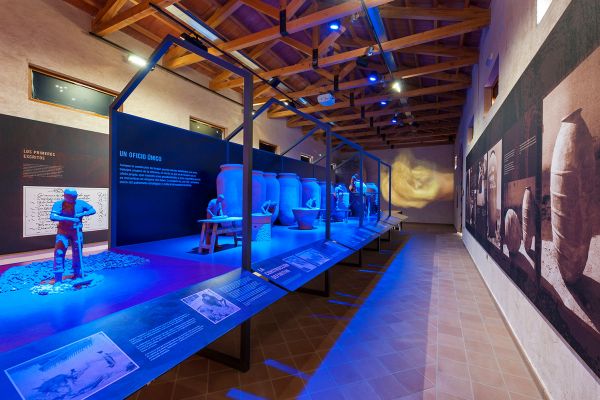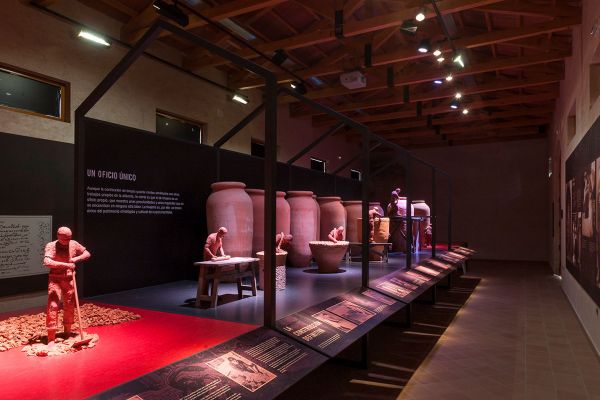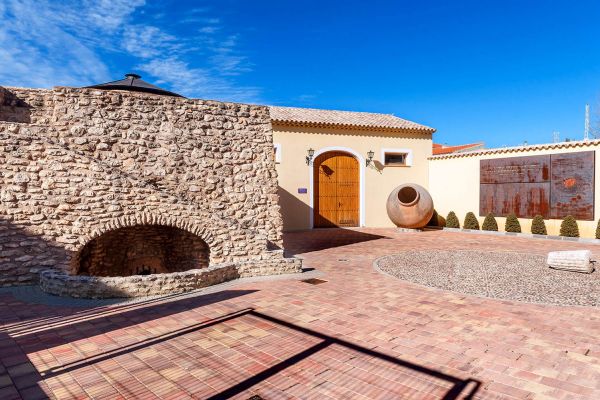Villarrobledo
Albacete
Villarrobledo is well-known for several reasons: its wine-growing, cereal and cheese-making activity; the traditional manufacture of large jars; its carnival, a national festival; or Viñarock, the largest music festival in the country. Any one of these reasons is a good excuse to visit, but we have some more recommendations.
The urban complex of Villarrobledo offers wide streets and whitewashed walls, in the same style as other La Mancha towns with a wine-growing past. The city revolves around the main square (Plaza Mayor or Plaza de Ramón y Cajal), which features two important buildings: City Hall and the San Blas church. Both constructions and the square itself have been declared Assets of Cultural Interest, affording this piece of land an incalculable value in terms of heritage.
The San Blas church deserves a special mention: erected on the remains of the former church, which had become too small, during the 16th century. Its construction had several phases and therefore we can observe different architectural styles, from the Gothic to the Baroque, with a dash of Renaissance influence. The church’s crown jewel is found in the chapel: a colossal Churrigueresque-style Baroque altar, a work of Marcos de Evangelio in the 18th century.
The City Hall has a sombre façade with Renaissance influences, a double series of six-veined arches and orders superimposed, framed between abutments, one with the city’s coat of arms and another with the municipal clock.
The city has several examples of Noble Houses decorated with crests and built between the 16th and 18th centuries. For instance, in the main square itself, the López Muñoz home, with its coat of arms sheltered under a traditional triangular gable; the Pacheco home, with a beautiful porch decorated with a split gable, coat of arms and candelabra; and on Calle Pedregal, the Romero Alarcón home, which preserves a beautiful crest designed by Martínez de Mendizábal in 1627.
In Villarrobledo, three cloistered convents were also founded in the 16th century: San Bernardo, Carmelitas and Clarisas. Among the most impressive sights conserved in this convent, there is a canvas called the Saint Joseph workshop, a work by Maella from the late 18th century.
To complete our tour of the religious buildings, we shouldn’t forget the shrine to Our Lady of the Charity (18th century), home to the patron saint of Villarrobledo. Its most noteworthy elements include the pedestal the image is raised on, made from solid silver bought specifically from the Potosí mines. This bas-relief work in Baroque style of incalculable artistic and historic value represents the famous Potosí mines and was gifted to the Virgin by Fray Diego Morcillo, from Villarrobledo and appointed by Philip V, the Viceroy of Peru.
Moving forward several centuries, we now focus on beautiful, Neo-classically inspired buildings: the Municipal Food Market, built in 1930, and the Círculo Mercantil (Mercantile Circle), dating from the early 20th century, which hosted meetings and leisure events for the bourgeoisie. The noteworthy 20th century architecture also includes the modernist style Grand Theatre, built in 1916.
Calle Tinajeros is home to the Pottery and Jars Interpretation Centre, showcasing an important trade for the town for over four centuries. In an old, renovated clay kiln, we can visit the furnace, kiln and workroom, spaces that take visitors on an intense journey along each stage involved in making the jars.
Villarrobledo is one of the cities in Spain with the largest surface area dedicated as green zones for public use, with over 140,000 m2 of parks and gardens in the city centre.
Two holiday dates deserve a special mention.
The Carnavales (‘Carnivals’), some of the most important and longest in Spain, have been declared of national tourist interest. For ten days, an extensive range of activities takes place, which include the large, original processions, a children’s carnival and lots of nightlife.
The Viñarock festival is the king of Spanish festivals. Every year since 1996, up to 200,000 people over four days visit to enjoy listening to Spanish rock bands on the local hillsides.
May also be of interest to you
Castilla-La Mancha Tourism in 2023. All rights reserved.

 365
365
